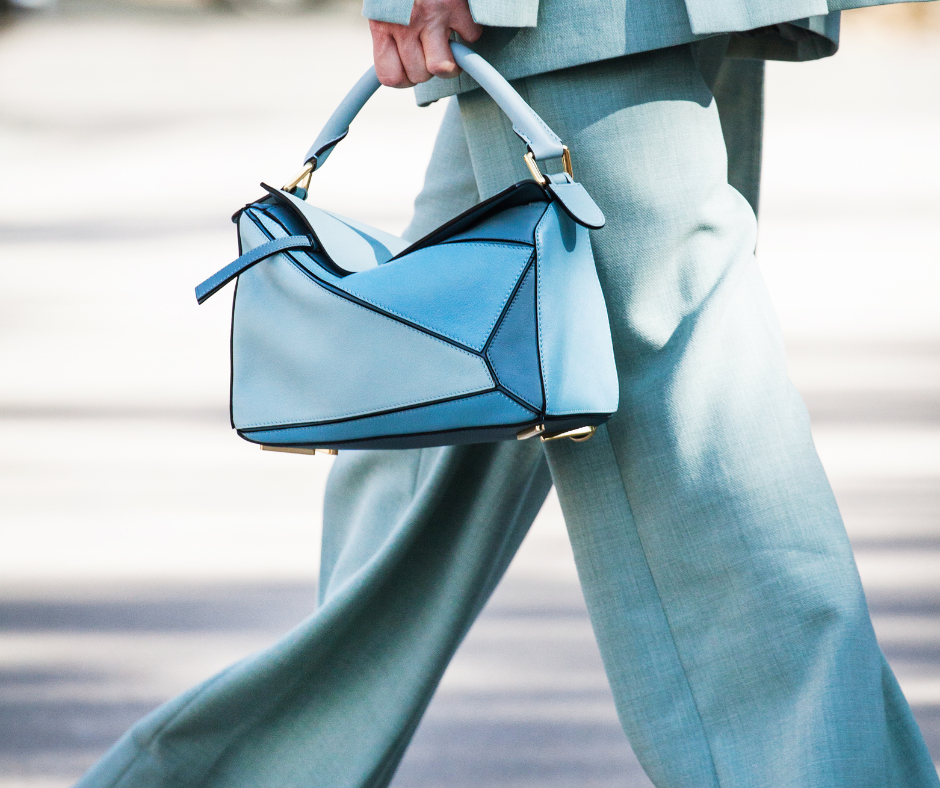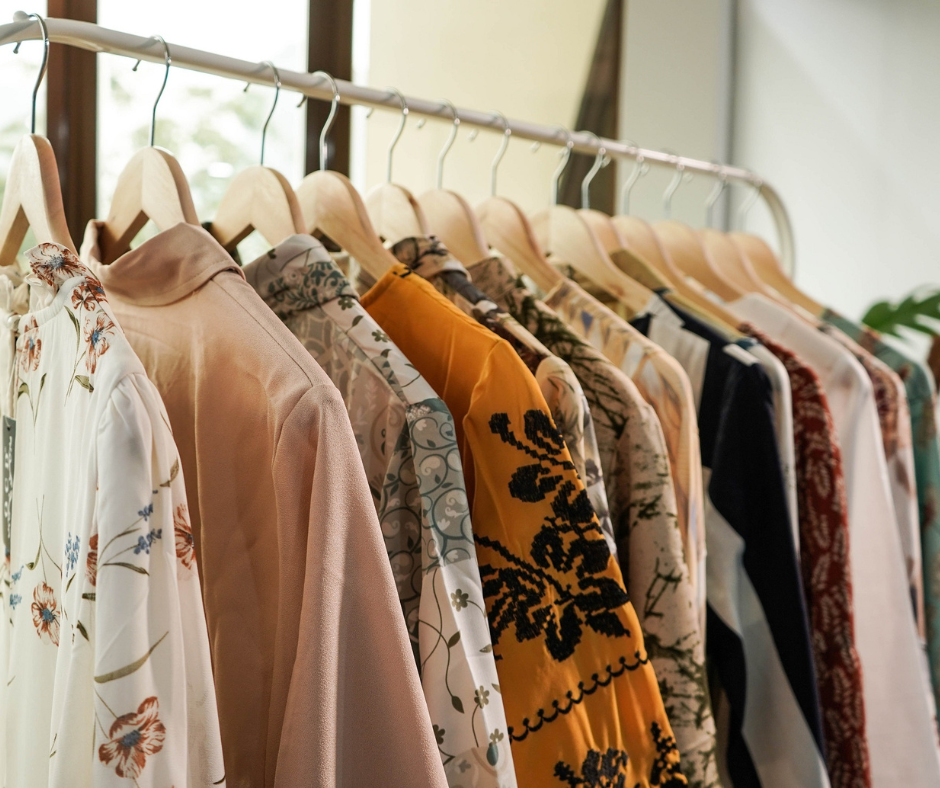Step into a world where fashion meets culture, tradition intertwines with innovation, and style knows no boundaries. Welcome to the thriving fashion industry in the Middle East! With its vibrant and diverse market, this region has become an influential hub for all things stylish and trendy. From traditional garments infused with contemporary flair to avant-garde designs that push boundaries, the Middle East is making its mark on the global fashion stage.
In this blog post, we will delve into the fascinating world of fashion in the Middle East. We’ll explore how culture and religion shape trends and styles, discover top brands and designers that have captured hearts worldwide, unravel the growing influence of online shopping in this booming market, discuss challenges faced by businesses in this region, and explore why sustainability is becoming increasingly important.
So buckle up as we embark on a journey through runways adorned with elegance, boutiques brimming with creativity, and streets pulsating with style. Get ready to immerse yourself in The Business of Fashion in the Middle East!

Jump to a Specific Section
- 1 The Influence of Culture and Religion on Fashion in the Region
- 2 Top Fashion Brands and Designers in the Middle East
- 3 The Rise of Online Shopping and E-commerce in Middle Eastern Fashion
- 4 Challenges and Opportunities for Fashion Businesses in the Region
- 5 The Growing Demand for Sustainable and Ethical Fashion in the Middle East
- 6 Conclusion: The Future of Fashion in the Middle East
The Influence of Culture and Religion on Fashion in the Region
The Middle East is a region known for its rich cultural and religious heritage, and this influence is highly visible in the fashion industry. From traditional garments like the abaya and thobe to intricate embroidery and exquisite craftsmanship, culture plays a significant role in shaping fashion trends.
In countries with Islamic traditions, modesty is an integral part of dressing. This has led to the popularity of loose-fitting clothing that covers the body, such as hijabs for women or dishdashas for men. However, these traditional styles have also evolved over time to incorporate modern elements and global influences.
Religion also impacts color choices in Middle Eastern fashion. For example, black is often associated with mourning or solemn occasions in Western cultures but holds a different significance here – it represents elegance and sophistication rather than sorrow.
Furthermore, cultural celebrations like weddings or religious festivals provide opportunities for designers to showcase their talent while staying true to local customs. Intricate patterns inspired by Arabic calligraphy or geometric motifs are commonly seen in couture collections throughout the region.
The influence of culture and religion on fashion in the Middle East creates a unique blend of tradition and innovation. It’s fascinating how designers can take inspiration from ancient customs while embracing contemporary aesthetics – truly making Middle Eastern fashion stand out on a global stage!

Top Fashion Brands and Designers in the Middle East
The Middle East has emerged as a hub for fashion, with an impressive roster of top-notch designers and brands making waves in the industry. These visionary creators have managed to blend traditional elements with contemporary influences, resulting in unique and captivating designs that are coveted worldwide.
One standout brand is Elie Saab, known for his exquisite couture gowns. Saab’s creations effortlessly combine elegance and modernity, earning him a dedicated following among celebrities on red carpets around the globe.
Another notable designer is Zuhair Murad, whose stunning collections showcase intricate beadwork and luxurious fabrics. His designs have graced numerous award shows and events, cementing his status as one of the region’s leading talents.
In addition to individual designers, there are also successful fashion houses originating from the Middle East. One such brand is Dubai-based “Bambah,” which offers retro-inspired pieces that evoke nostalgia while remaining utterly chic.
Meanwhile, Maison Rabih Kayrouz has gained international acclaim for its minimalist aesthetic and impeccable craftsmanship. The Lebanese designer consistently delivers collections characterized by clean lines and innovative silhouettes.
These talented individuals and brands continue to push boundaries within the fashion industry while staying true to their cultural roots. Their contributions not only shape regional trends but also serve as inspiration globally.

The Rise of Online Shopping and E-commerce in Middle Eastern Fashion
With the rapid advancements in technology, online shopping has become a global phenomenon, including in the Middle East. In recent years, there has been a significant rise in the popularity of e-commerce platforms for fashion retailers in this region.
One of the main reasons behind this surge is convenience. People can now browse through countless items from different brands with just a few clicks, without having to leave their homes. This ease of access has revolutionized the way people shop for fashion.
In addition to convenience, online shopping offers a wider range of choices compared to traditional brick-and-mortar stores. Shoppers are no longer limited by geographical boundaries and can explore international brands and designers that were previously inaccessible.
Moreover, online platforms provide a more personalized shopping experience through features like product recommendations based on individual preferences and previous purchases. This level of customization enhances customer satisfaction and loyalty.
Furthermore, many fashion businesses have recognized the potential for growth offered by e-commerce and have invested heavily in developing their online presence. They understand that adapting to changing consumer behavior is crucial for survival in today’s competitive market.
However, while there are numerous opportunities presented by online shopping, there are also challenges that need to be addressed. One major concern is ensuring secure payment transactions and protecting customers’ personal information from cyber threats.
Additionally, delivering an exceptional customer experience becomes even more important when dealing with virtual interactions rather than face-to-face encounters. Brands must invest in user-friendly websites or apps that offer seamless navigation and easy checkout processes to retain customers.
Despite these challenges, it is clear that online shopping will continue its upward trajectory in Middle Eastern fashion retail. The convenience it offers coupled with evolving technologies will only serve to further enhance the overall customer experience.
As we move forward into an increasingly digital future, it will be interesting to see how fashion businesses adapt and leverage e-commerce opportunities effectively while maintaining their unique brand identities within this fast-paced industry. Stay tuned for more exciting developments in the world of Middle Eastern fashion

Challenges and Opportunities for Fashion Businesses in the Region
Running a fashion business in the Middle East comes with its own set of challenges and opportunities. One major challenge is navigating through cultural and religious sensitivities. The conservative nature of some countries can limit the types of designs that are acceptable, making it crucial for fashion businesses to strike a balance between creativity and respecting local customs.
Another challenge is competition. The Middle East has seen a surge in both international and local fashion brands, making it necessary for businesses to differentiate themselves from the crowd. This requires staying ahead of trends, investing in quality materials, and providing exceptional customer service.
Logistics can also pose challenges for fashion businesses operating in the region. With varying import/export regulations across different countries, ensuring smooth supply chain management can be complex. Additionally, high shipping costs can impact profit margins.
However, amidst these challenges lie numerous opportunities for growth. The Middle East has a young population who embrace global fashion trends while still valuing their cultural heritage. This presents an opportunity for brands to create fusion designs that appeal to both traditional values and modern aesthetics.
Moreover, social media has played a significant role in accelerating the growth of fashion businesses in the region. Influencer marketing has become increasingly popular, allowing brands to reach wider audiences and generate buzz around their products.
Sustainability is gaining traction within the Middle Eastern market. Consumers are becoming more conscious about ethical practices and environmental impact when it comes to fashion choices. By embracing sustainable initiatives such as using eco-friendly materials or implementing fair trade practices, fashion businesses can tap into this growing demand.
In conclusion (not concluding), although there are challenges that come with running a fashion business in the Middle East – such as cultural sensitivities or logistics hurdles – there are also ample opportunities waiting to be seized by innovative brands willing to adapt and cater to this unique market’s needs.

The Growing Demand for Sustainable and Ethical Fashion in the Middle East
The fashion industry in the Middle East is experiencing a significant shift towards sustainable and ethical practices. As consumers become more conscious of the environmental and social impact of their choices, they are demanding fashion that aligns with their values.
In recent years, there has been a surge in the demand for sustainable fabrics, such as organic cotton and recycled materials. Designers in the region are embracing these alternatives to traditional materials, leading to a reduction in waste and pollution.
Additionally, ethical production processes have become a priority for many fashion brands. Consumers want to know that the garments they purchase were made in fair working conditions without exploiting laborers. This has resulted in increased transparency within supply chains, ensuring accountability from start to finish.
Furthermore, consumers are seeking out brands that prioritize animal welfare by using cruelty-free materials or adopting vegan-friendly practices. This growing trend reflects an increasing awareness of animal rights among Middle Eastern shoppers.
Fashion events and platforms dedicated to sustainability have also emerged across the region, providing a platform for designers who prioritize eco-consciousness. These initiatives showcase innovative designs that combine style with sustainability while encouraging dialogue on responsible consumption.
As sustainability becomes synonymous with luxury and sophistication, more Middle Eastern consumers are willing to invest in high-quality pieces that will stand the test of time rather than following fast-fashion trends.
This growing demand for sustainable and ethical fashion represents an exciting opportunity for both established brands and emerging designers alike. By responding to consumer preferences for environmentally friendly practices and socially responsible production methods, businesses can thrive while making positive contributions towards a greener future.

Conclusion: The Future of Fashion in the Middle East
As we have explored, the fashion industry in the Middle East is experiencing a significant transformation. From traditional garments to high-end luxury brands, there is a diverse and thriving fashion scene that continues to evolve.
With the influence of culture and religion shaping fashion choices, designers and brands are finding innovative ways to merge tradition with modern aesthetics. This unique blend has captured international attention and is propelling Middle Eastern fashion onto global runways.
The rise of online shopping and e-commerce has revolutionized how consumers access fashion in the region. With convenient platforms providing access to a wide range of designer labels, it has never been easier for style-conscious individuals in the Middle East to stay on-trend.
However, amidst these opportunities lie challenges that businesses must navigate. The competitive nature of the industry demands constant innovation and adaptation. Brands need to be agile in responding to changing consumer preferences while maintaining their cultural identity.
Moreover, there is an increasing demand for sustainable and ethical fashion in the Middle East. As environmental consciousness grows globally, consumers are seeking out brands that prioritize social responsibility and eco-friendly practices. Fashion companies that embrace sustainability will find themselves at an advantage as they cater to this emerging market segment.
Looking ahead, it is clear that the future of fashion in the Middle East holds immense potential for growth and creativity. As regional talents continue pushing boundaries with their designs, we can expect even more influential names from this part of the world making waves on a global scale.

